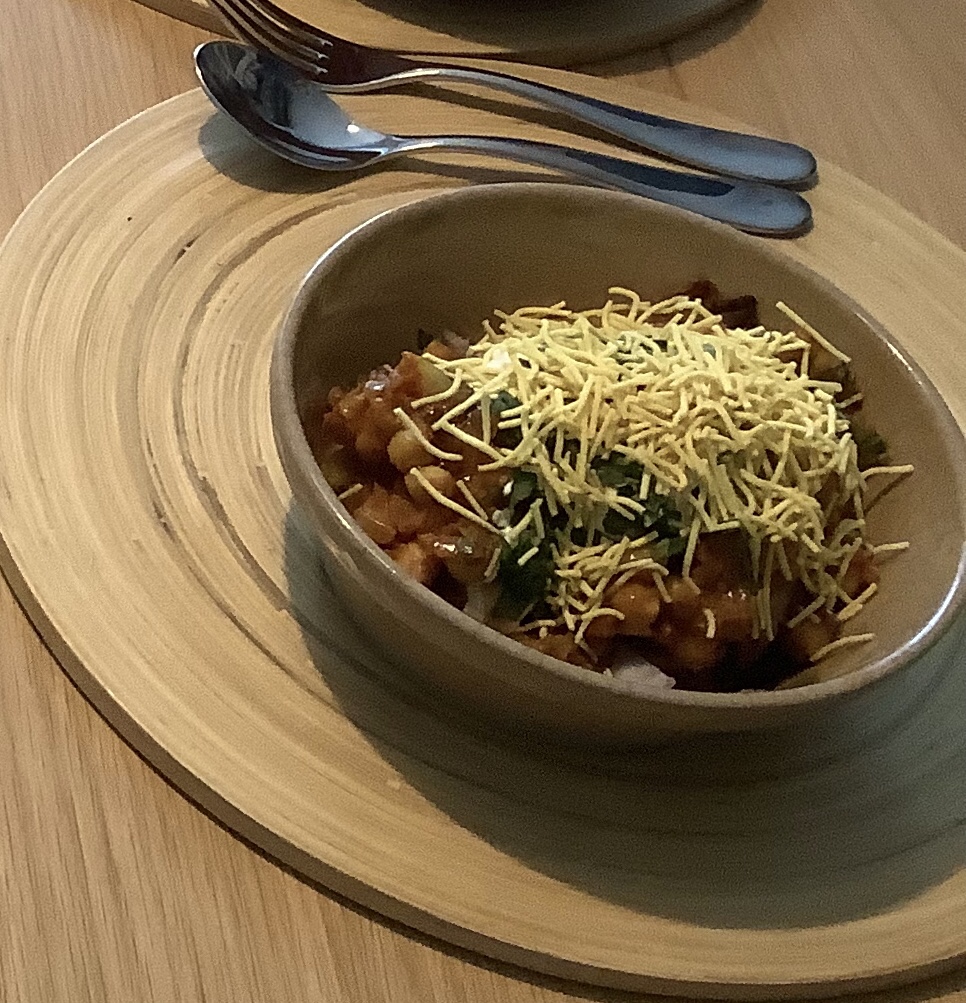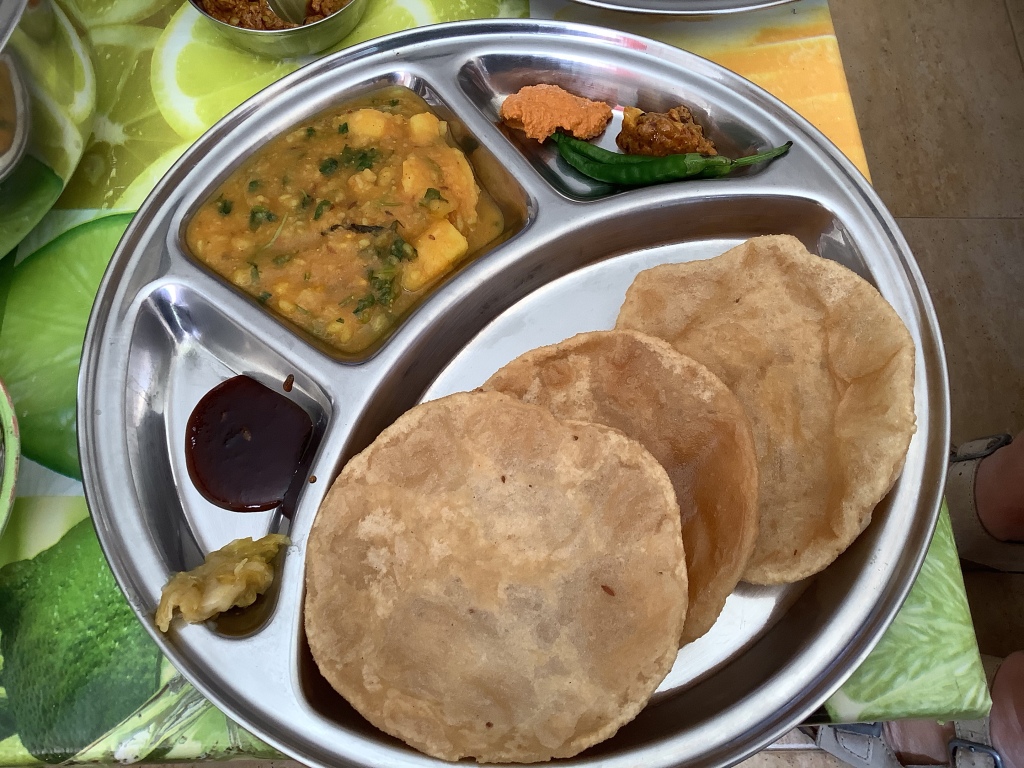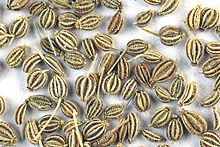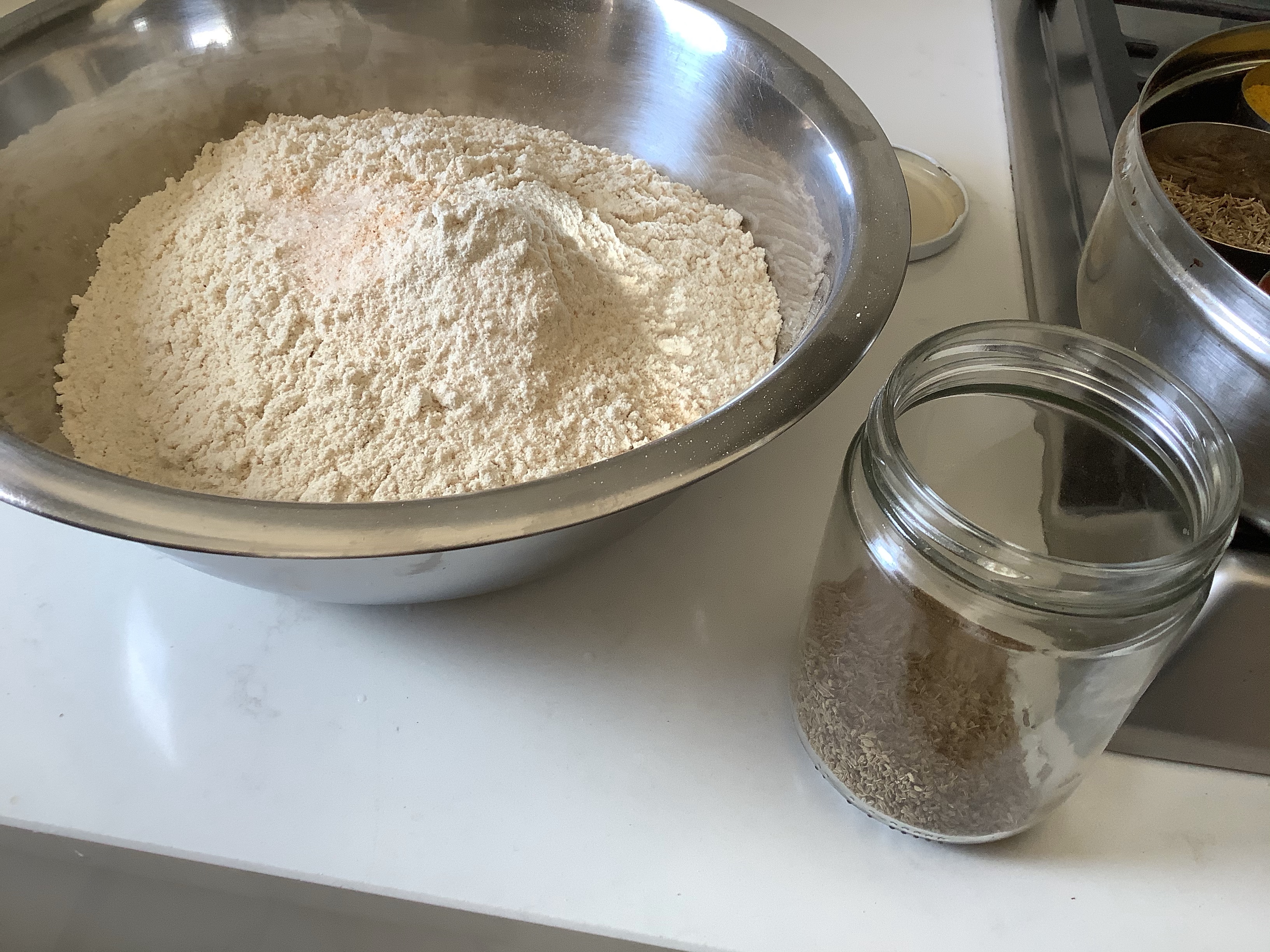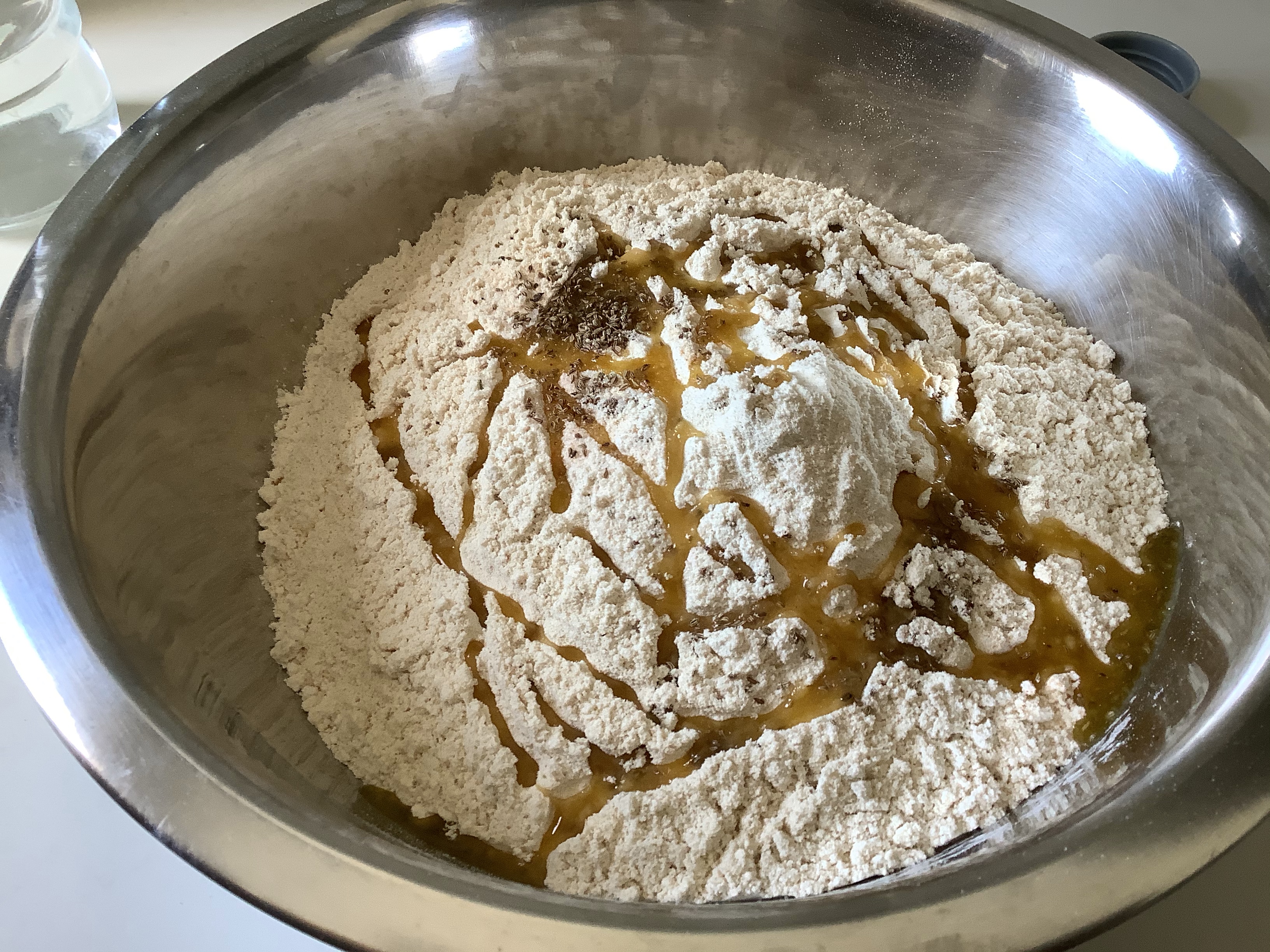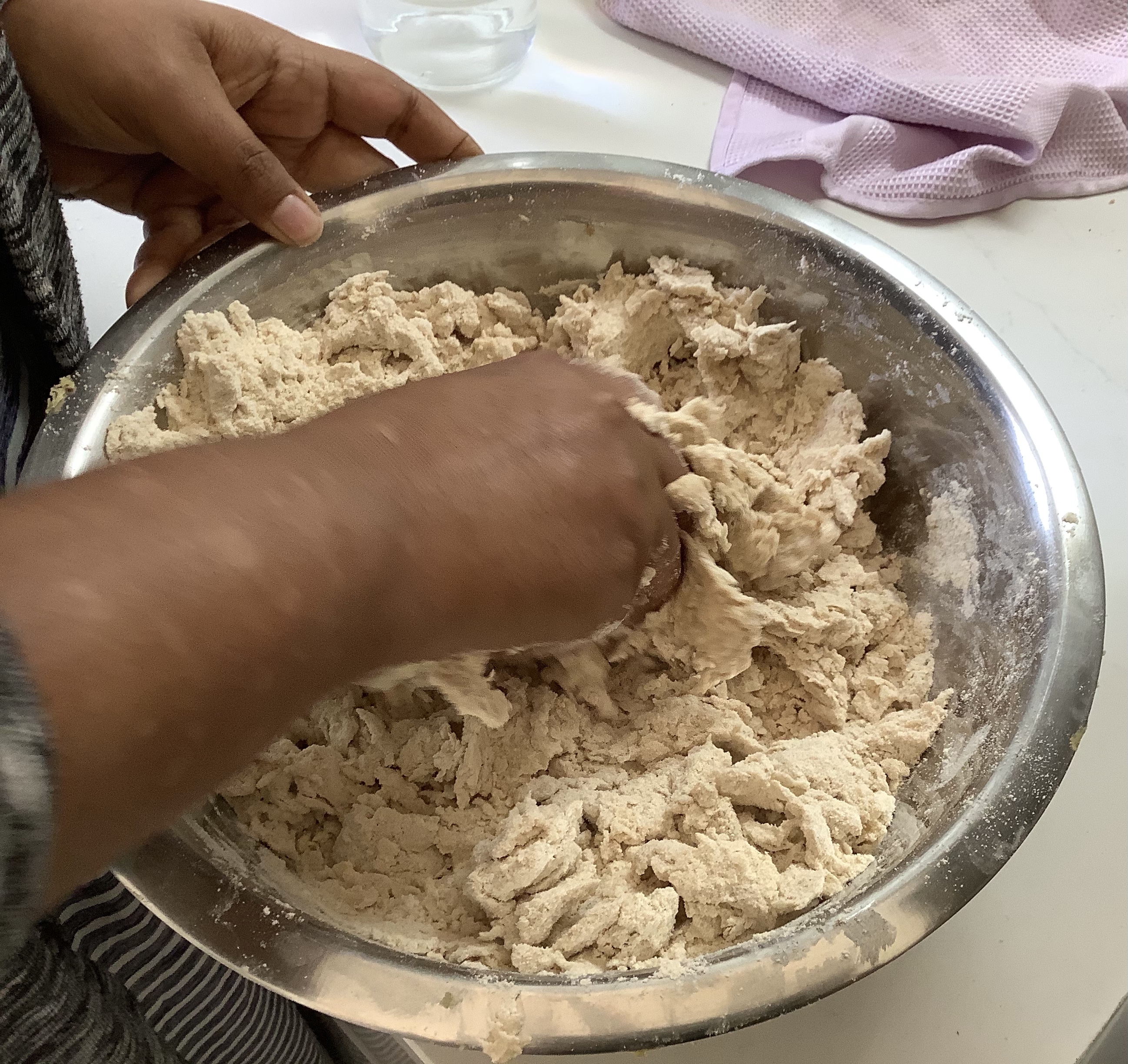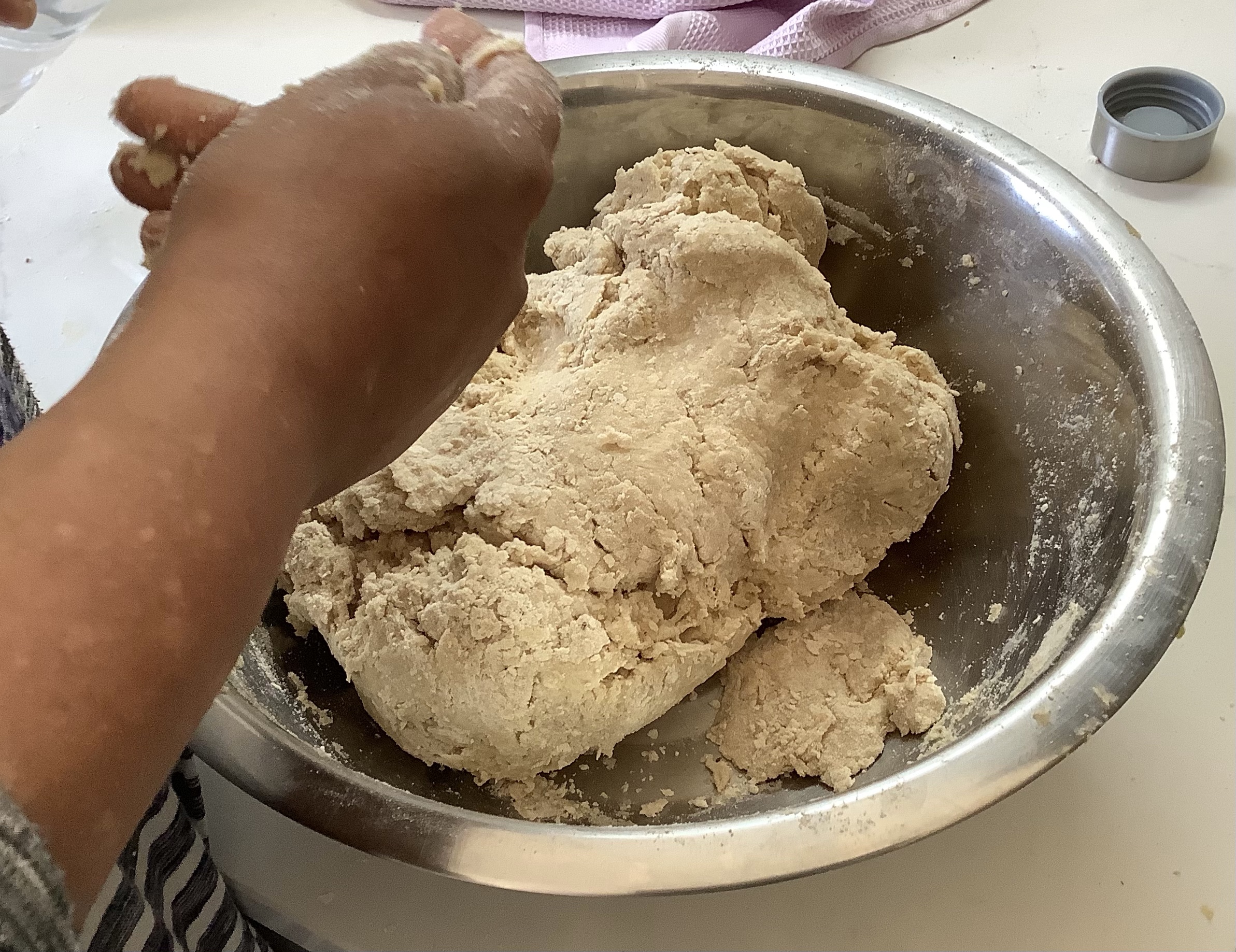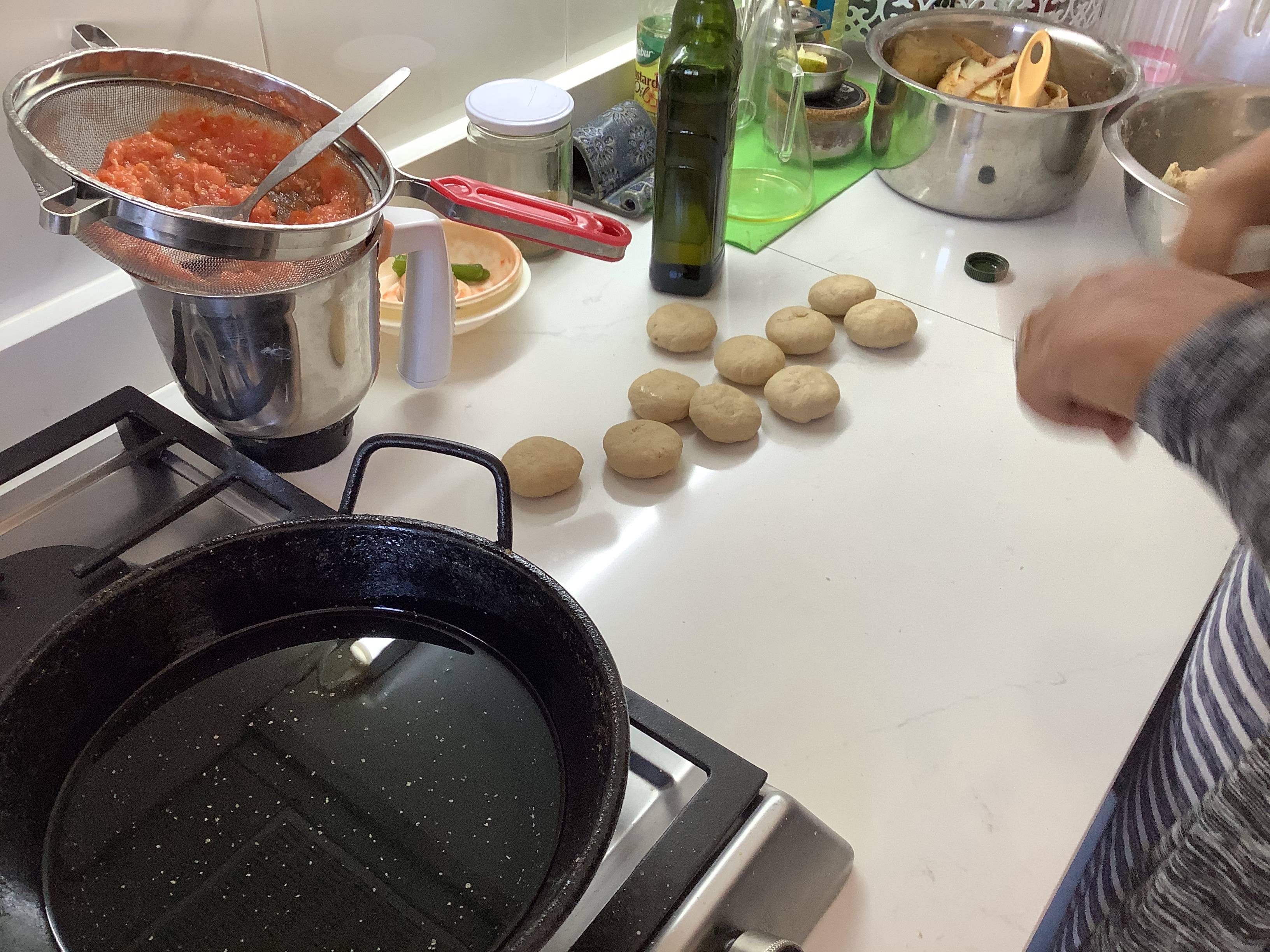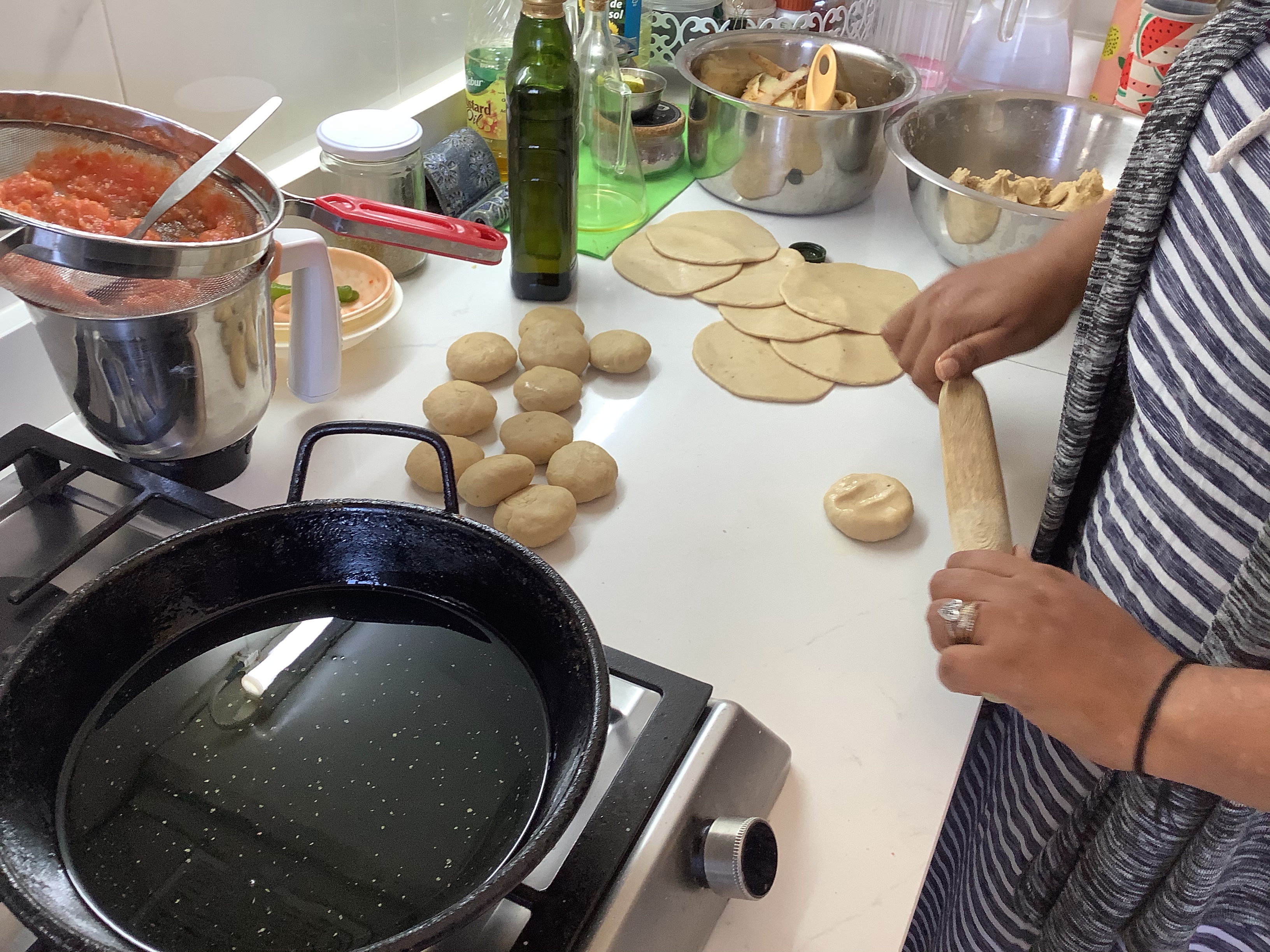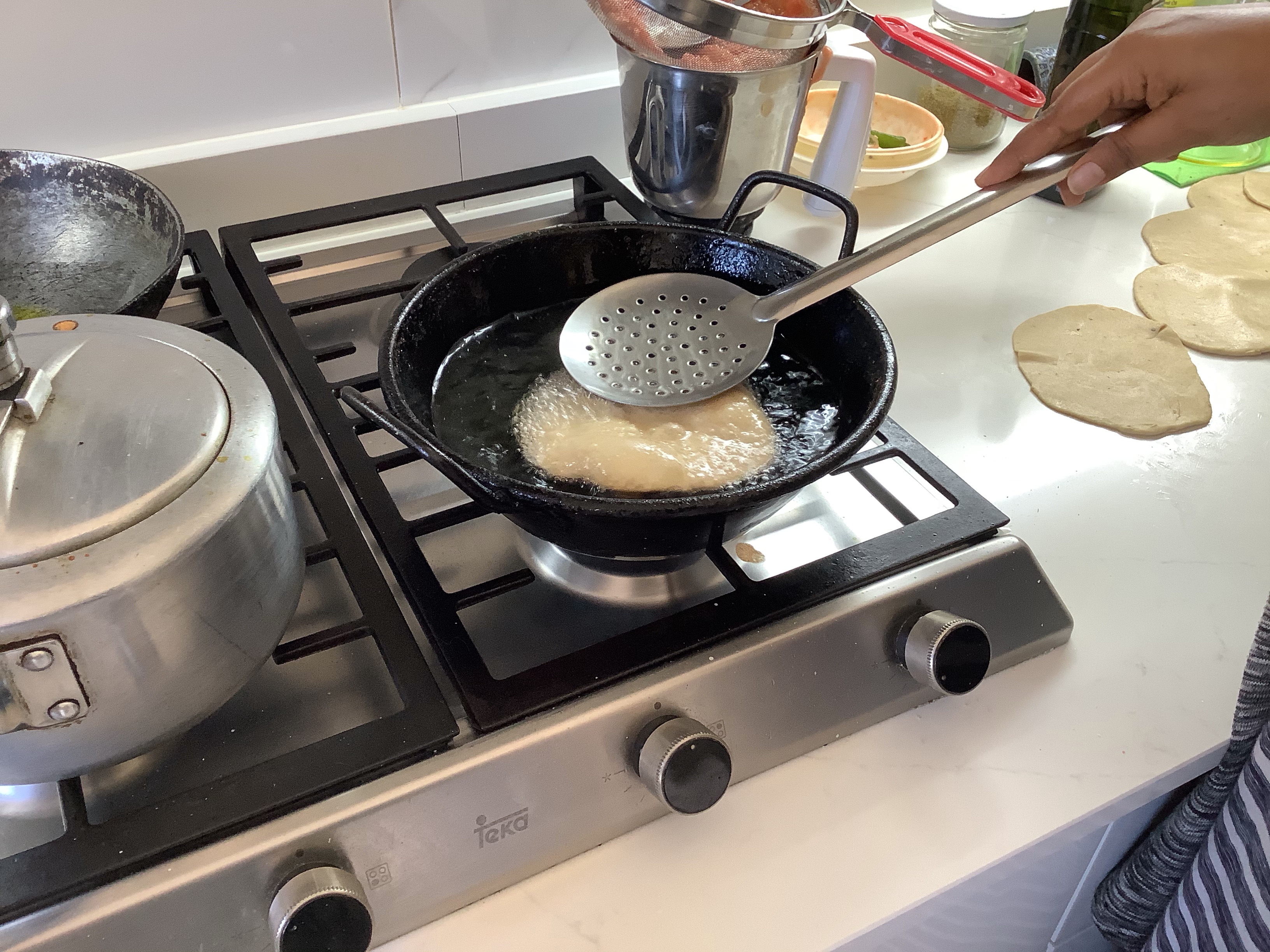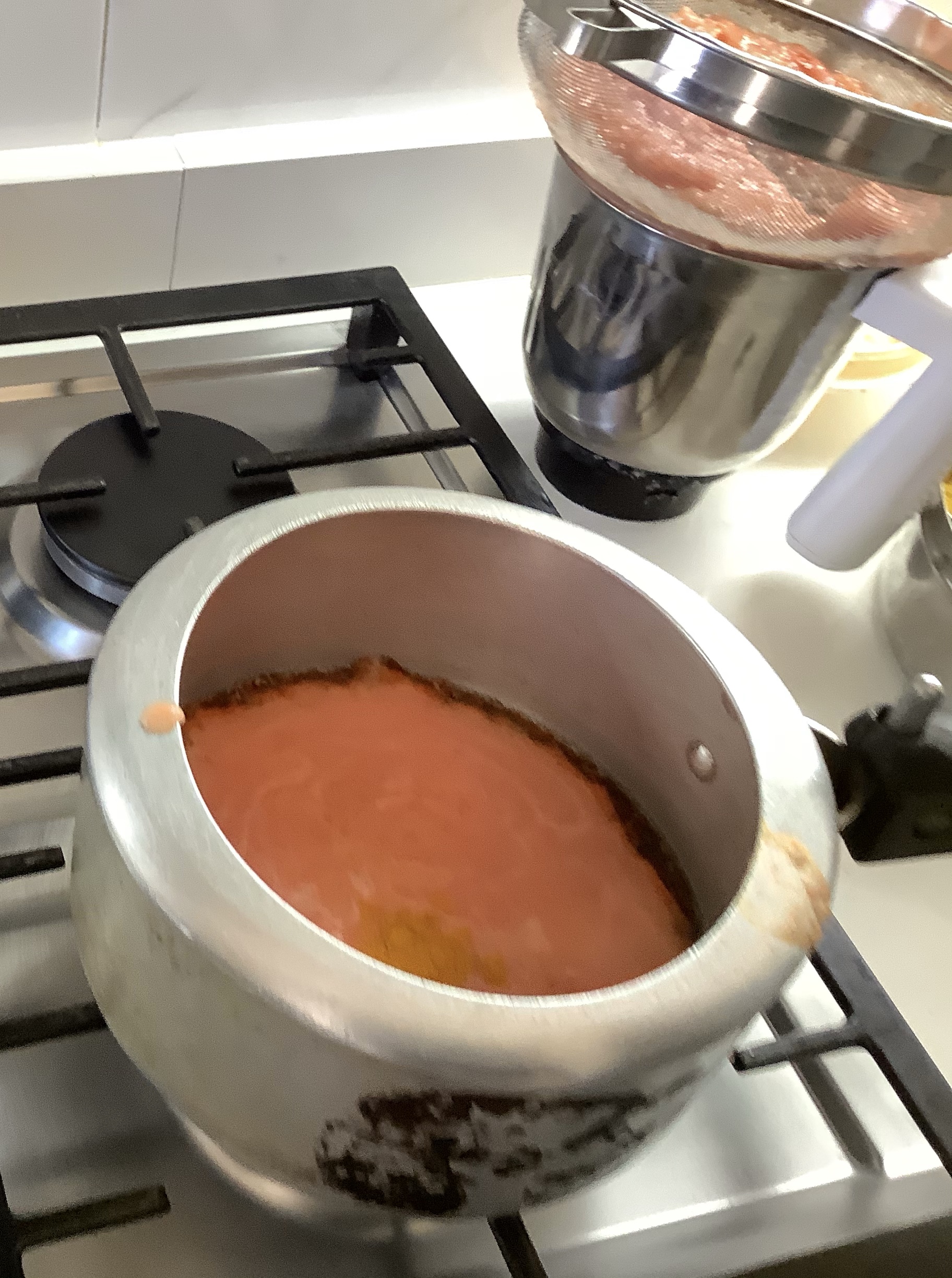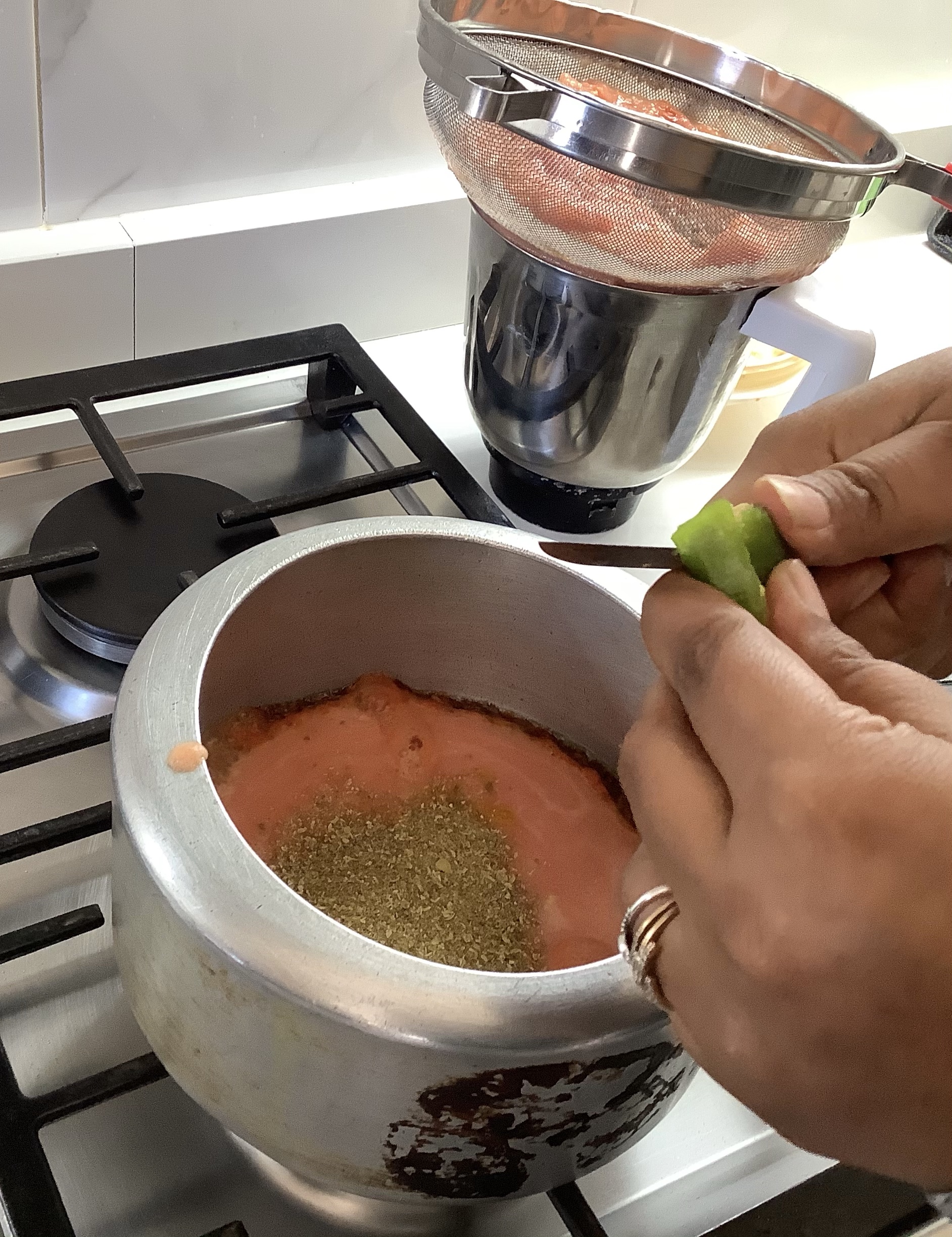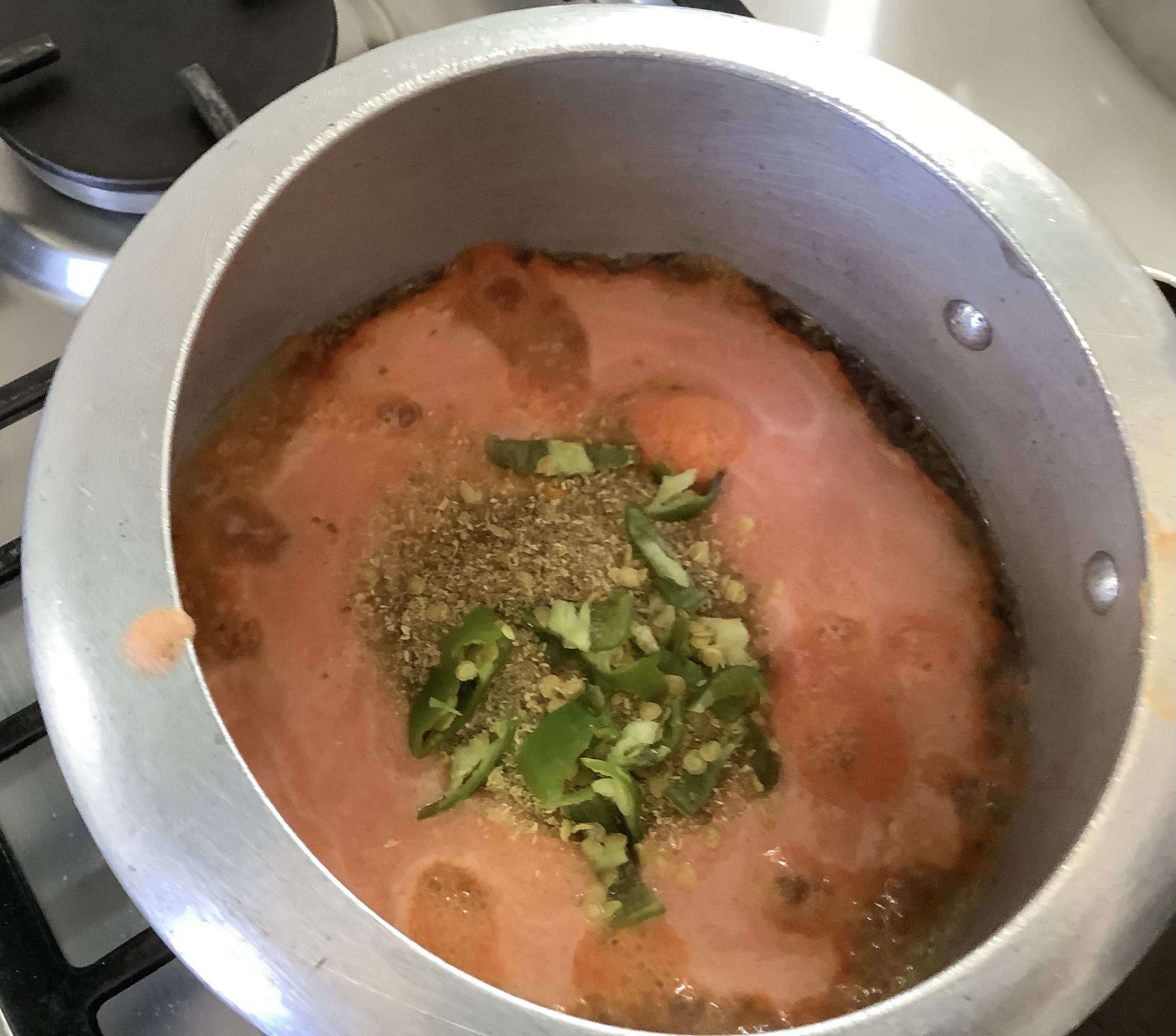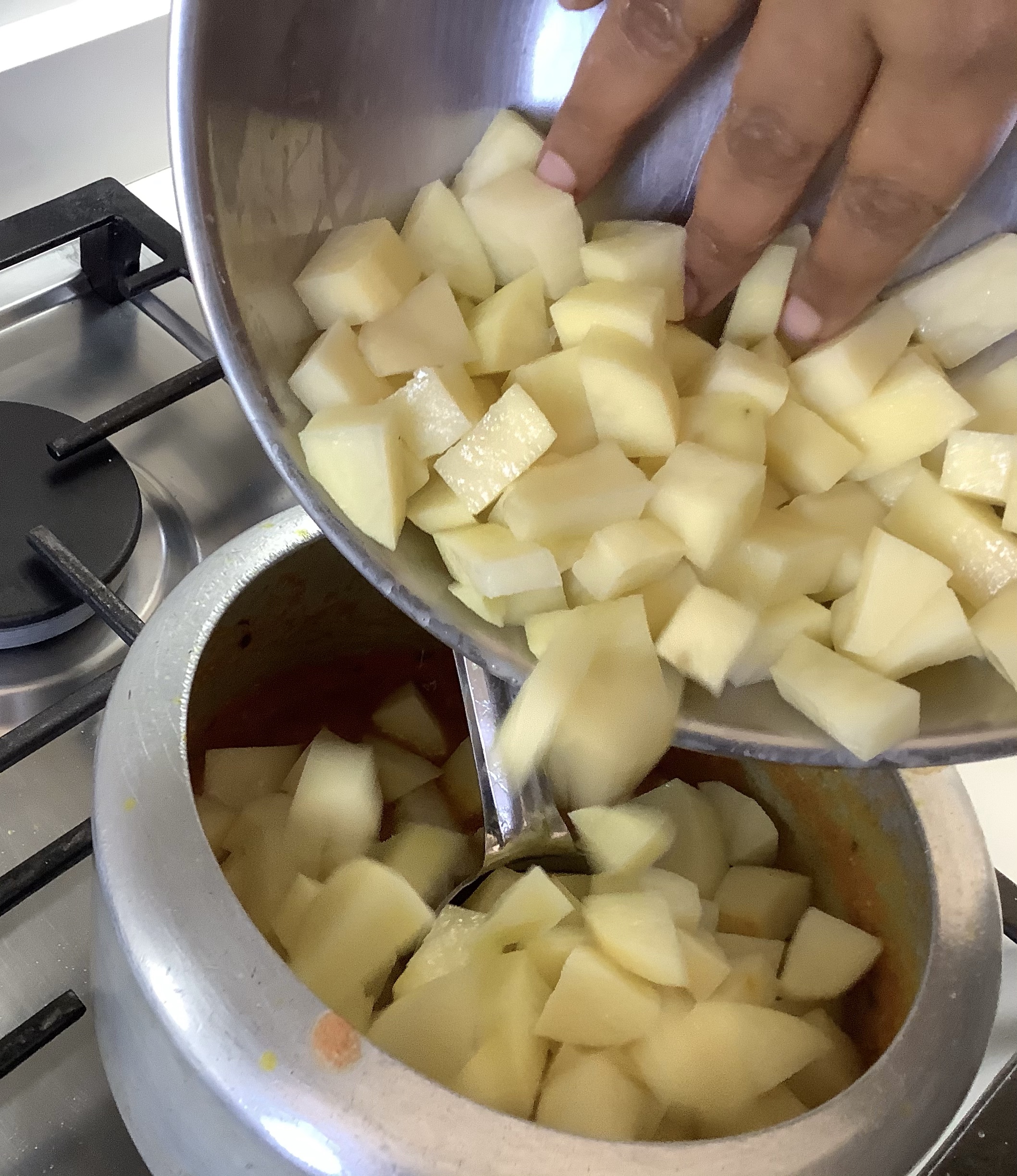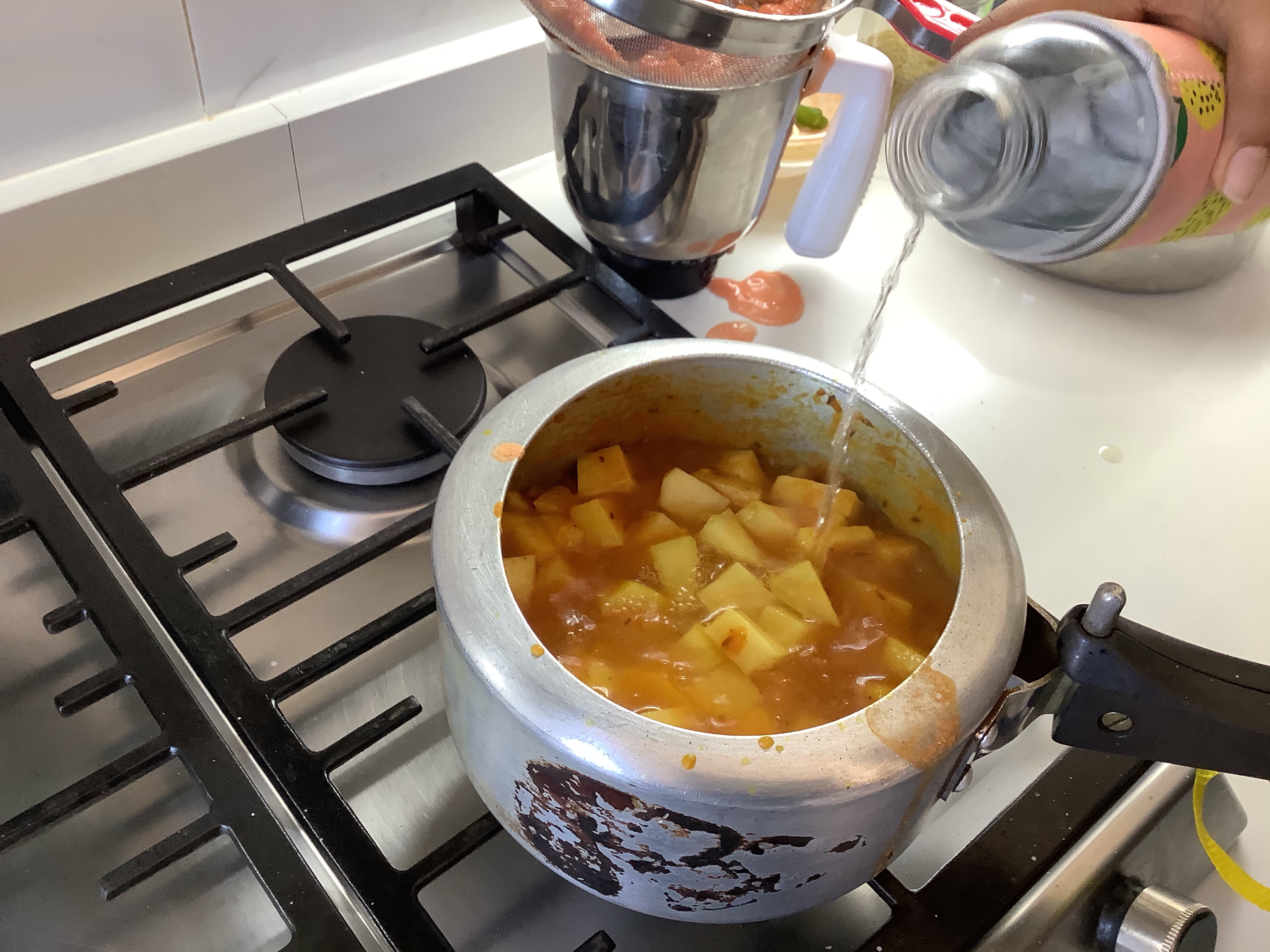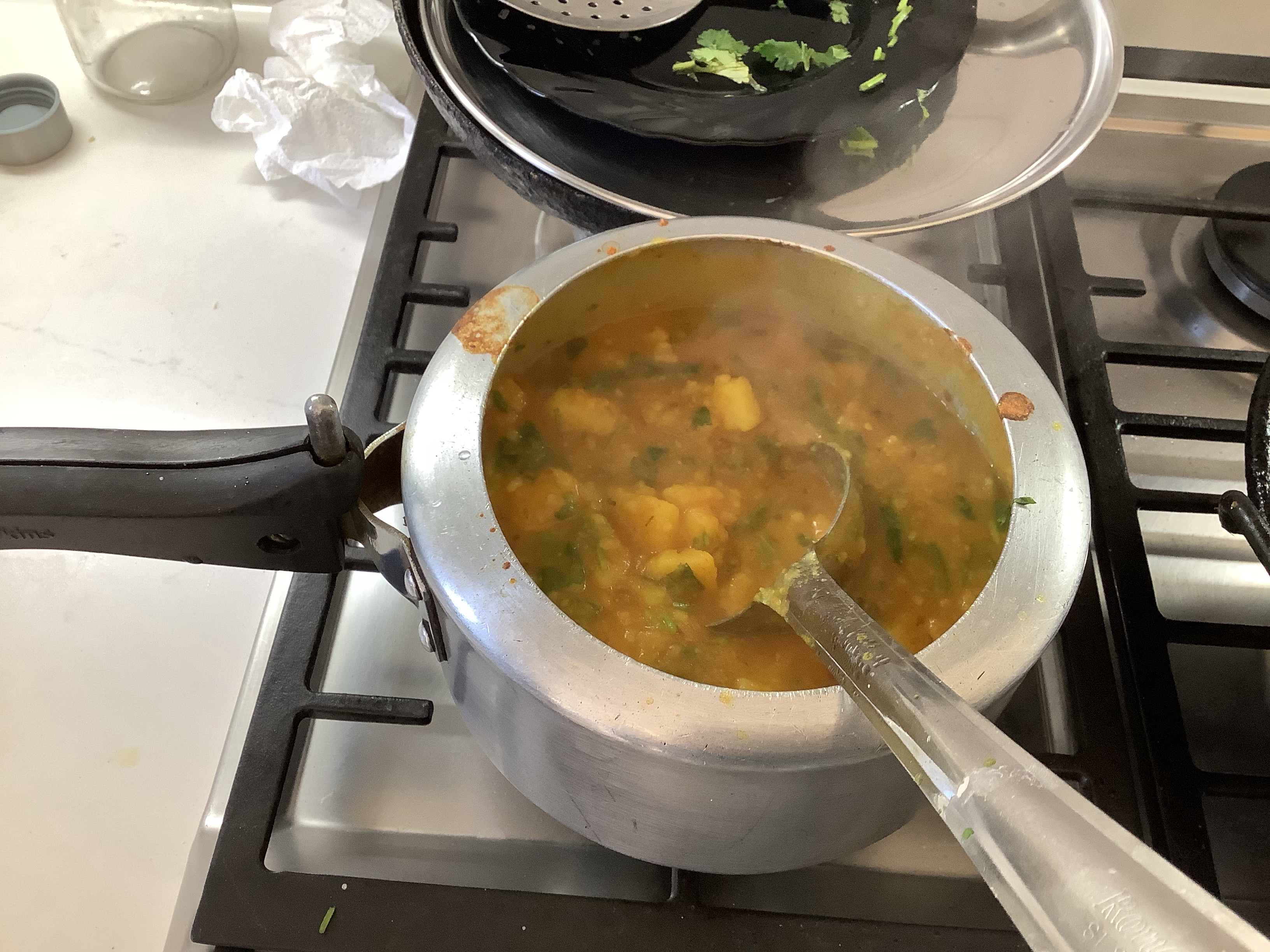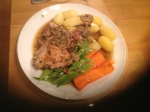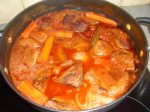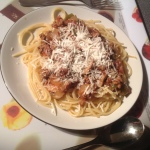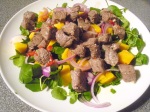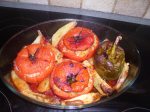 Moussaka is recognised as the traditional dish of Greece. I have many happy memories of our times in Greece, sitting in the sunshine looking out over turquoise blue seas, eating this with a Greek Salad on the side and maybe a glass or two of Retsina. If you were lucky the Retsina would be served in a bottle, chilled, but in our early visits there were no such luxuries and it would be decanted from huge barrels into a copper jug. It’s a bit like Marmite, you either love it or hate it and some think it tastes like turpentine. I absolutely love it and have a copper jug at home that I decant the bottle into for authenticity. If I close my eyes I am transported back to those idyllic shores with my first sip of wine.
Moussaka is recognised as the traditional dish of Greece. I have many happy memories of our times in Greece, sitting in the sunshine looking out over turquoise blue seas, eating this with a Greek Salad on the side and maybe a glass or two of Retsina. If you were lucky the Retsina would be served in a bottle, chilled, but in our early visits there were no such luxuries and it would be decanted from huge barrels into a copper jug. It’s a bit like Marmite, you either love it or hate it and some think it tastes like turpentine. I absolutely love it and have a copper jug at home that I decant the bottle into for authenticity. If I close my eyes I am transported back to those idyllic shores with my first sip of wine.
The traditional recipe for Moussaka will include frying the aubergines. I have adapted this recipe so that it is lower in fat but retains the authentic flavours. The traditional cheese would be kefalotyri but f you can’t find this Parmesan or Gruyère would be a good substitute. I have also added very thinly sliced potatoes and courgettes, personal choice so optional.
Moussaka. Serves 6
- 2 large aubergines, sliced into rings about 1/2 inch thick
- 500g beef mince (5% fat)
- 3 tbsp vegetable oil
- 1 large onion, finely sliced
- 150 ml dry white wine
- 12 oz (340g) fresh tomatoes, thinly sliced
- 2 small courgettes ( topped and tailed then thinly sliced)
- 1/2 tsp ground cinnamon
- 1/4 tsp ground allspice (optional)
- Salt and pepper
- 1 tsp dried oregano
- 2oz (50g) grated kefalotyri (or Parmesan or Gruyère)
- Small handful chopped parsley
- 4 small waxy potatoes (I used charlottes) peeled and thinly sliced
- 3 oz (85g) butter
- 3 oz (85g) plain flour
- 1 pint (600g) milk
- 2 eggs yolks beaten
- 35g low-fat cheddar, grated
- Extra 2oz (55g) cheese for topping
1. Bring a large pan of salted water to the boil then blanch the aubergine slices in batches for 5 minutes. Remove and place in a single layer onto kitchen paper to drain. Discard water.
2. In another large pan, sauté the onion in the oil until softened but not browned. Add beef and continue cooking over low heat until browned and no lumps about 10 minutes.
3. Add wine, tomatoes, courgettes, cinnamon, allspice, oregano and seasoning. Mix well. Cover and cook over low heat for about 20 minutes, adding a little water if it is going dry. Remove cover and cook for 15 minutes more to allow excess water to evaporate. You are aiming for a thick meat sauce. Mix in the kefalotyri and parsley Remove from heat and allow to cool slightly.
4. In an ovenproof dish put a layer of the potatoes followed by a single layer of the aubergine (doesn’t need to be totally covered), followed by a layer of meat sauce. Repeat with aubergines and finish with a final layer of meat sauce.
5. In a saucepan make the bechamel sauce. Melt the butter over a low heat and beat in the flour until combined. Slowly add the milk, beating well before each addition to prevent lumps. Stir continuously until the sauce thickens. Remove from the heat and carefully add the eggs yolks cheese. Mix well then pour over top of the meat until completely and evenly covered. Sprinkle with extra cheese then bake in preheated oven (180C/170C fan/Gas 4) for 1 hour until the top is golden and base heated through.
6. Remove from oven and allow to stand for about 10 minutes so the top firms up. Serve with a mixed salad if you like.
